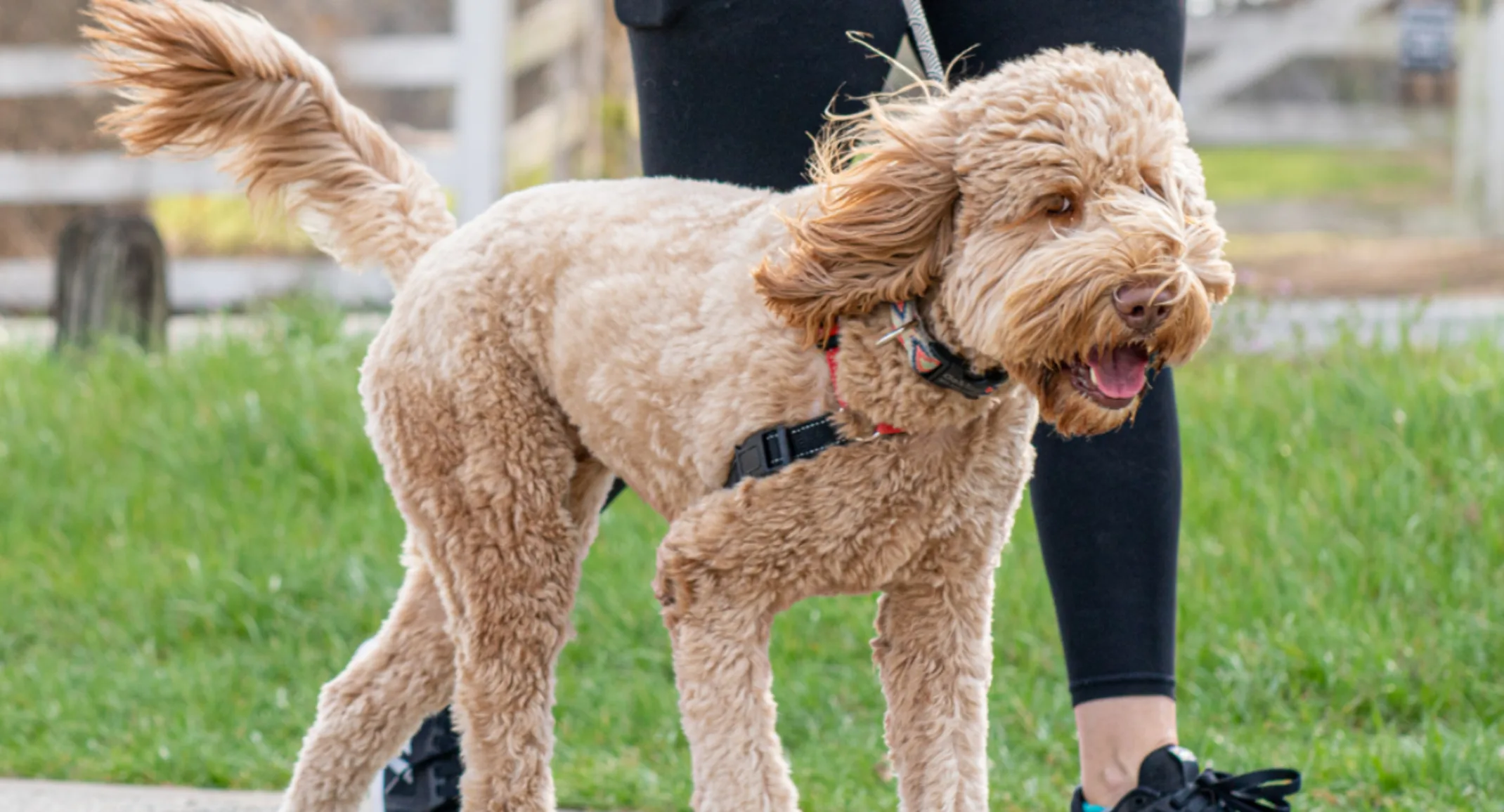January is Walk Your Dog Month, a pet-focused annual observance that highlights the importance of regular exercise to provide mental and physical stimulation for dogs. The campaign encourages dog owners to brave the cold conditions to exercise and bond with their four-legged friends. However, keep in mind that icy conditions can lead to orthopedic emergencies such as sprains, dislocations, and fractures. Our Mountainside 24/7 Animal Emergency team often sees canine orthopedic injuries, and we want you to be informed if your dog needs care.
Common orthopedic emergencies in dogs
Orthopedic emergencies are injuries affecting a bone, joint, tendon, or ligament, and they can cause your dog significant pain and mobility issues. Common orthopedic injuries in dogs include:
Fractures — A fracture (i.e., a broken bone) is most often caused by a fall, car accident, or cancer. Most fractures in dogs occur in the hind limbs, but any bone can be affected. Fracture types include:
Incomplete — An incomplete fracture occurs when the bone is only partially broken.
Complete — A complete fracture is a break through the entire bone.
Comminuted — A fracture is classified as comminuted when the bone breaks into three or more fragments.
Open — A fracture is considered open when the bone breaks through the skin.
Closed — A closed fracture does not have bone exposed through the skin.
Salter-Harris — A Salter-Harris fracture extends through the bone’s growth plate.
Articular — Articular fractures extend through a joint.
Dislocation — Joint dislocation occurs when the bones that articulate to create the joint move out of their usual position, which is often attributable to degeneration or injury to the soft tissue structures that support the joint. In dogs, the hip and elbow are most commonly affected, but dislocation can occur in any joint.
Cranial cruciate ligament (CCL) injury — CCL injury, including a partial tear or a complete rupture, is a common cause of hind limb lameness in dogs. The condition can affect any dog, but certain breeds, such as rottweilers, Labrador retrievers, Saint Bernards, and Staffordshire terriers, are at increased risk.
Strains and sprains — A sprain is a stretch or tear in a ligament, and a strain is an injury to the muscle or tendon. Common strains and sprains in dogs include:
Iliopsoas muscle strain — This involves an injury to a muscle in the hip.
Supraspinatus tendinopathy — This involves an injury to a tendon in the shoulder.
Bicipital tendinopathy — This involves an injury to a tendon in the forearm.
Achilles tendon injury — The Achilles tendon runs along the back of the dog’s hind limb.
Carpal hyperextension — This involves injury to the ligaments in the wrist.
Orthopedic injury first aid in dogs
Orthopedic injury signs include pain, limping, inability to bear weight on the affected limb, swelling, an open wound, bruising, vocalization, and abnormal conformation. If your dog is affected, provide first aid care by following these tips:
Stay calm — Stay as calm as possible so you don’t further upset your dog and so you can provide the necessary care.
Muzzle your dog — When in significant pain, your dog may lash out to protect the injured area. Muzzle them to prevent a bite injury.
Stop bleeding — If your dog is bleeding, use clean towels or gauze to put pressure on the area to stop the bleeding.
Cover open wounds — If the bone is exposed, use clean bandage material to cover the area before transporting your dog to the veterinary emergency hospital.
Immobilize your dog — En route to the veterinary emergency hospital, keep your dog as still as possible to prevent further injury.
Use a sling — If your dog can still walk using three limbs, create a sling by placing a towel under their abdomen and tying it around their body, supporting the injured limb.
Avoid medication — Never give your dog medication unless directed to do so by a veterinarian, because many drugs intended for people are dangerous for dogs.
Orthopedic injury diagnostics in dogs
To determine the extent of your dog’s orthopedic injury, our Mountainside 247/7 Animal Emergency team will perform several tests. To find out the cause of your dog’s orthopedic injury, we will perform one or more of the following diagnostics:
History — If you witnessed the incident that led to your dog’s orthopedic injury, this information helps us localize the problem.
Gait observation — If your dog is mobile, we will watch them walk to help identify the problematic area.
Physical examination — We perform a thorough physical examination, assessing your dog’s overall health, as well as checking for swelling and pain anywhere on their body.
X-rays — Our team often uses X-rays to help diagnose orthopedic injuries.
Blood work — If your dog’s orthopedic injury was caused by a significant trauma, we may recommend blood work to further assess their condition.
Orthopedic injury treatment in dogs
Your dog’s treatment will depend on their specific case. However, orthopedic injury treatments can include:
Rest — Rest may be all that is needed if your dog has a mild sprain or strain. This typically involves preventing them from running, navigating stairs, or jumping on or off furniture for a recommended period.
Pain medications — Orthopedic injuries, especially fractures and dislocations, are extremely painful, and drugs to control the pain are critical to prevent unnecessary suffering.
Dislocation correction — The longer a joint is dislocated, the poorer the dog’s prognosis for recovery to their previous mobility level. In many cases, to correct the joint dislocation, our team may need to anesthetize your dog to ensure they are as relaxed as possible and to help prevent stress and pain.
Casting — Some fractures that don’t have multiple fragments and don’t penetrate the skin can be cast or splinted for stabilization. The cast or splint will immobilize the joint directly above and below the fracture.
Surgical fracture repair — In many cases, fractures heal better if surgically repaired. Your dog’s surgical fracture repair options include:
Intramedullary fixation involves placing a nail or rod in the bone’s center to stabilize the fracture.
External skeletal fixation involves placing metal pins or screws in the bone and attaching them to a stabilizing frame outside the skin. This option is often best for open and comminuted fractures.
Plates and screws can also be attached directly to the bone to stabilize a fracture.
Surgical CCL repair — To help prevent arthritis, surgery is typically the best CCL treatment. Surgical procedures include tibial plateau leveling osteotomy (TPLO) and tibial tuberosity advancement (TTA).
If your dog experiences an orthopedic emergency, contact our Mountainside 24/7 Animal Emergency team, so we can get them back on all four paws as soon as possible.

